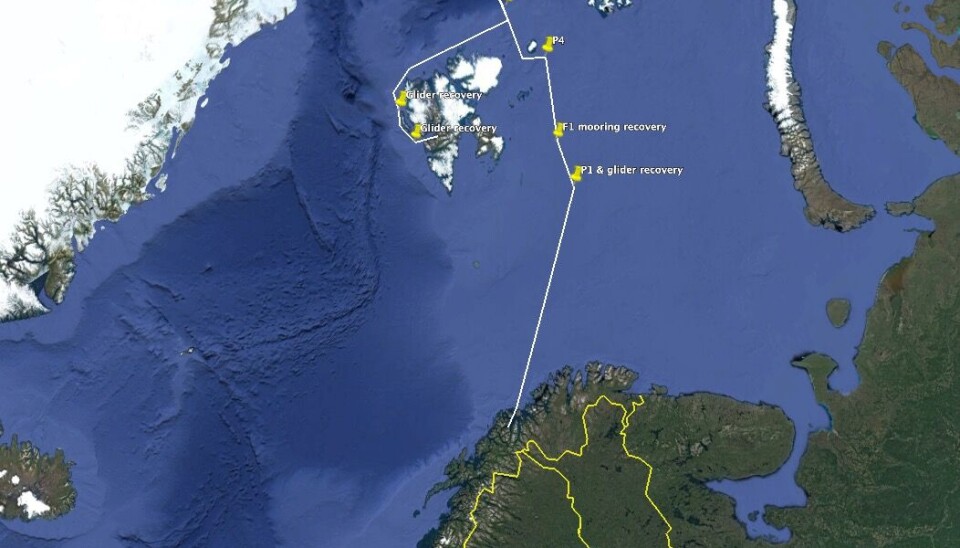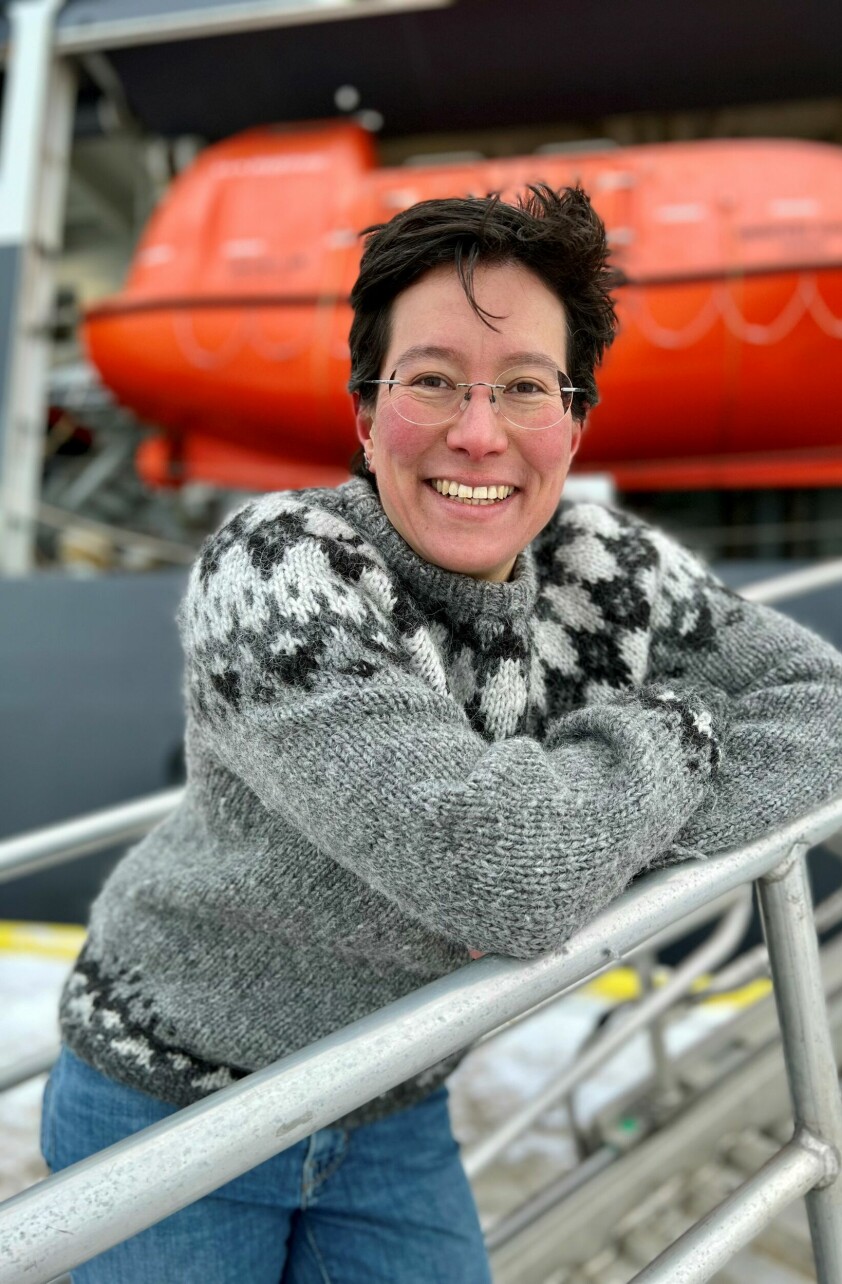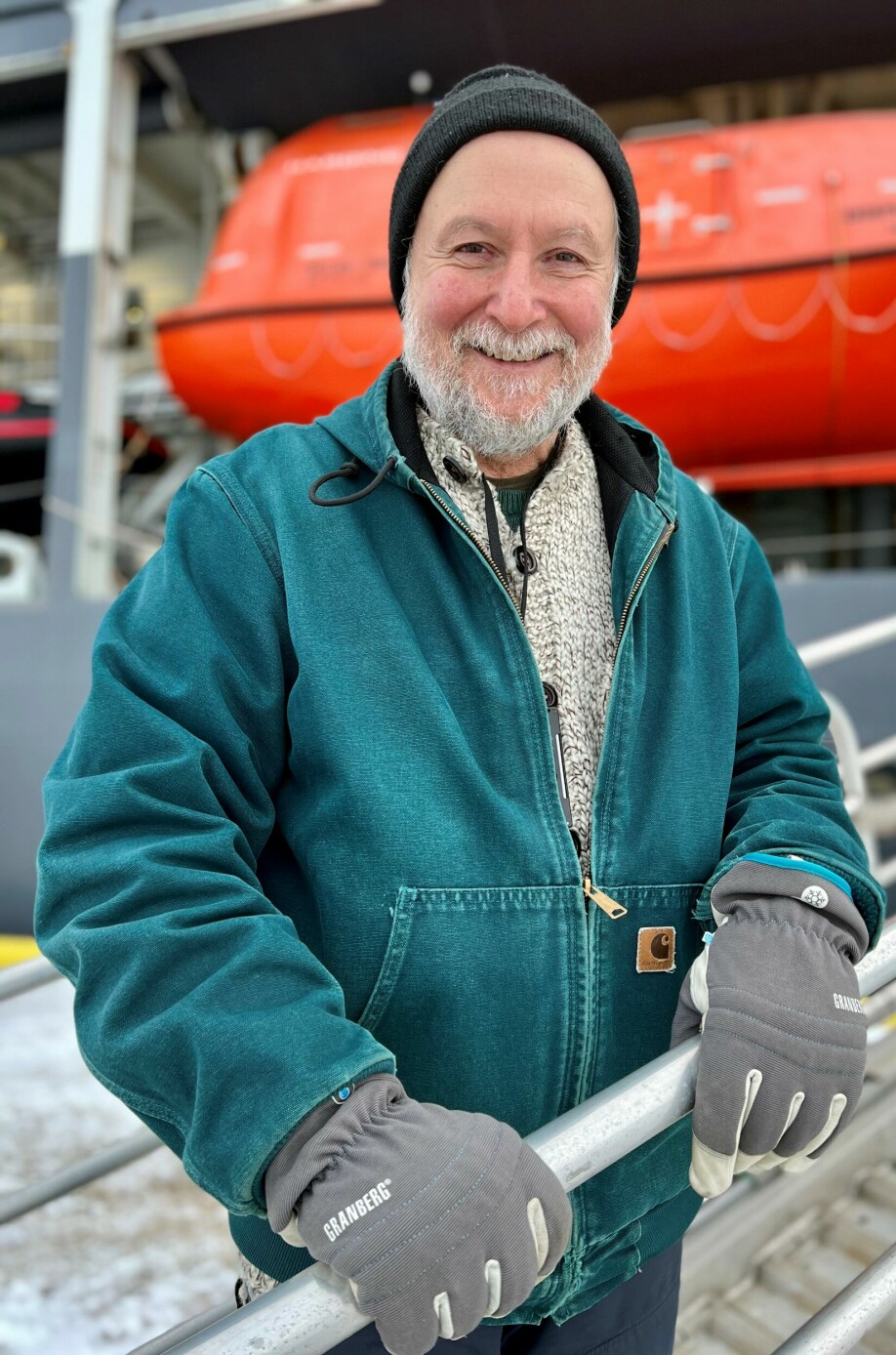Nansen legacy winter gap cruise 2022

The Nansen Legacy Winter Gaps Cruise
In the Barents Sea
Since 2018, the Nansen Legacy consortium has successfully completed 16 ship-based expeditions into the Barents Sea. They have provided state-of- the-art new knowledge on Barents Sea physics, chemistry and biology across different seasons and oceanographic regions. This new knowledge achieved is needed to assess potential impacts of a changing marine system and to continue the sustainable use of the rich marine resources like cod, which is part of the key mission for Nansen Legacy.

Still, gaps remain, and we identified the end of winter, just prior to the beginning of spring, as the priority period for an additional cruise. While the return of the light in February might indicate the onset of spring, the freezing cold air temperatures, extensive sea ice cover and frigid ocean temperatures all show that the winter still holds the reign.
Although cold and icy, we know from earlier cruises that winter is not a lifeless stagnant period. Nansen Legacy scientists discovered for example highly active zooplankton under the sea ice cover in November/December. Even some reproduction occurred – but the question remained how can these active animals survive the months of darkness with no new plant growth – and how do the microscopic plants in ice and water survive the winter months and be ready for the next spring? It could be that this winter survival is a key process determining the future fate of the Barents Sea ecosystem. For example, southerly species trying to invade the warmer Arctic from the more north Atlantic could be eliminated by these harsh winter conditions.
Cruise preparations
Over the last months, our science team planned a three-week science mission, leaving Tromsø onboard the Norwegian research icebreaker Kronprins Haakon on February 19th. The 29 participating scientists are coming from various Norwegian institutions all contributing to the Nansen Legacy consortium.
The physical oceanography team will study the magnitude and characteristics of the Atlantic water entering and warming the Arctic and the Barents Sea along several transects north and east of Svalbard, filling important regional and seasonal gaps in our process understanding.
The biologists and chemists onboard will determine biodiversity and activity of the entire food web, ranging from tiny microscope bacteria and algae, zooplankton to sea floor living animals. Here we will aim at closing regional gaps by, e.g., specifically looking at how the very steep slope from the Barents Sea into the Arctic Ocean is affecting benthic life forms in relation to the presence of Atlantic and Arctic waters.
Sea ice will be a major focus of our investigations, trying to understand its thickness and snow depth properties through extensive ice stations. We will establish stations for up to four days, where sea ice cores will be used to assess activity and biodiversity of ice biota in the fast-growing ice sheets – a still poorly investigated process. During the ice camps continuously measuring devices will help understand the drivers for exchange of fluids, plant nutrients and organisms between ice and water - processes we believe are key to determine also the future fate of Arctic systems. Finally, the atmospheric science team will measure processes shaping the weather in this high latitude area where few weather stations exist.


Challenges and new knowledge
The interdisciplinary team will face many challenges during the expedition with very short day lengths, air temperatures regularly plunging below -15degC during the maximum ice cover period in the Barents Sea. However, RV Kronprins Haakon will provide an excellent and safe platform to work and live under these conditions, and we can build on four years of successful Nansen Legacy expeditions.
The new information will be essential not only for determining and following the impact of climate change on the Barents Sea system. They are needed for improved model performance to assess future Arctic scenarios and are critical to assess the risk of human exploration in the northern Barents Sea. In short the cruise will fill many gaps, complementing the already existing data sets and process understanding. We are excited about having this opportunity to study the coupled atmosphere – ocean – ice – sea floor system.
You can follow our journey at sea (In norwegian) here:
Join us!







